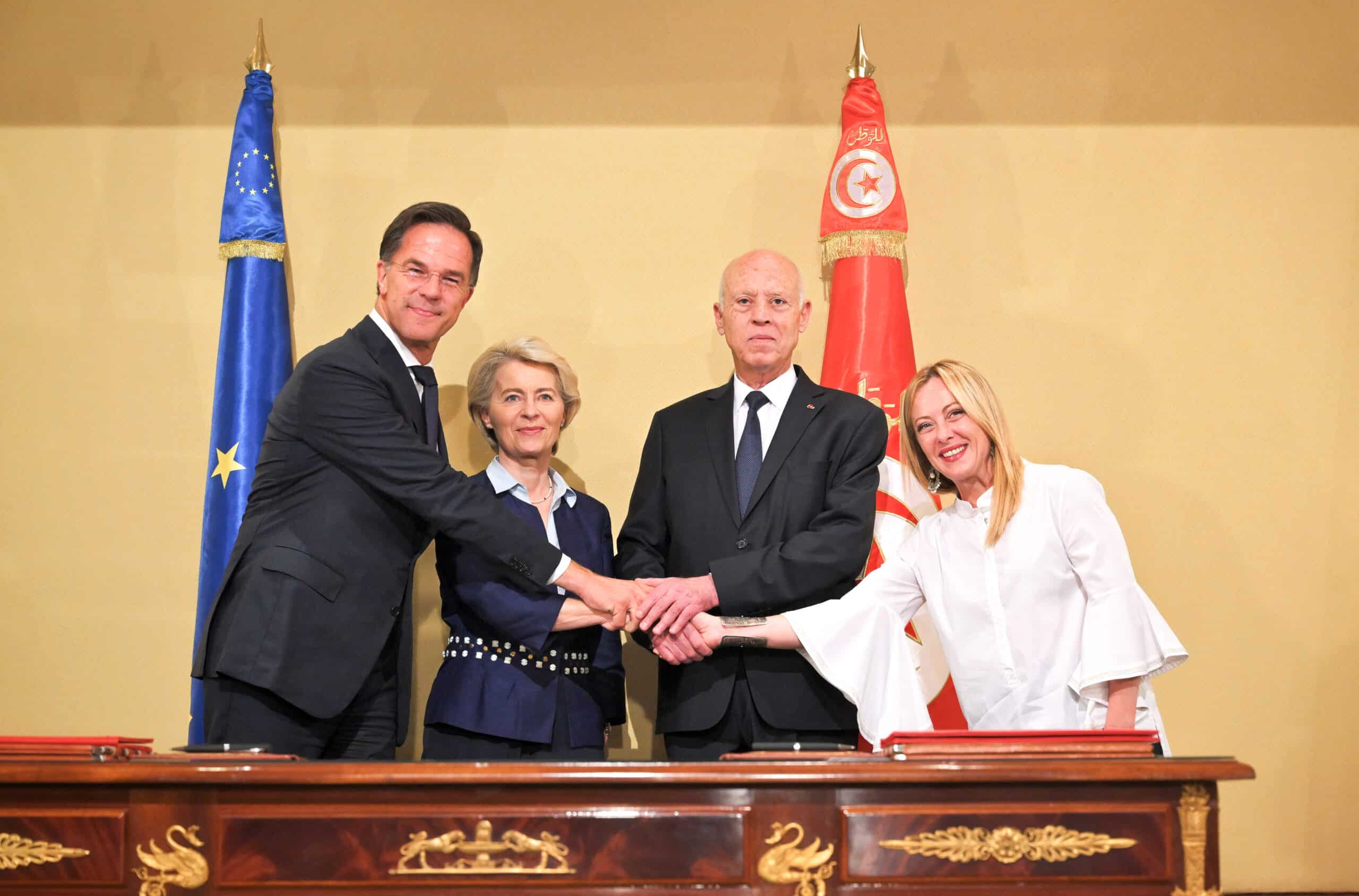The directive that bans experiments even for the most problematic ingredients becomes law
Zanoni (Alde): “It is the end of an abomination.” But there are still some possible cop-outs.
 Brussels completed the last step by making the directive a law for the definitive ban on testing cosmetics on animals; no ingredient, even those with more complex effects, can be tested on lab animals. A strong position taken by Europe in favor of researching alternative testing methods but for the more orthodox animalists – on the struggle with vivisection there is still much work to be done: if the cosmetic industry is cruelty-free attention can now be focused on the pharmaceutical sector.
Brussels completed the last step by making the directive a law for the definitive ban on testing cosmetics on animals; no ingredient, even those with more complex effects, can be tested on lab animals. A strong position taken by Europe in favor of researching alternative testing methods but for the more orthodox animalists – on the struggle with vivisection there is still much work to be done: if the cosmetic industry is cruelty-free attention can now be focused on the pharmaceutical sector.
The European cosmetic industry is the world leader with a sales volume of 71 billion Euro in 2010. The European Commission hopes now that the ban on sales of cosmetic with ingredients that were tested only on animals could also set an example outside its own borders; until now only Israel had banished tests on animals for cosmetics and detergents.
It took 20 years of struggling on the part of many animalist associations but in the end even the last phase of implementing the Directive 2003/15 became law. The legislative process was slow and gradual; it began in 1993 with the emission of the first directive. Only in 2004 though were the first tests on animals banned in the EU – those on the finished cosmetic product, then in 2009 the ban also extended to single ingredients present in these products. Like this the “ban on testing” entered at full speed.
The next step (from March 2009) was also banning the marketing of cosmetic products with ingredients that were tested on animals, even if the tests took place in countries outside the EU. But there was still another step left to be completed. In fact, until then animal testing was still allowed but only with those few ingredients that were considered too complex to be tested only with alternative methods because they could have possible effects on human health: toxicity at repeated doses, reproductive toxicity and toxicokinetics. But in the end ‘cruelty-free’ was also imposed on these last ingredients.
“Until the very end we dreaded that this ban would undergo an umpteenth delay or be watered-down by the usual waivers,” Zanoni, Euro MP for Alde and Vice President of the Intergroup Animal Welfare at the European Parliament, explained. According to him “now we can turn the page once and for all on this abomination.” A risk feared by many, among the first the animalist rights group Cruelty Free International, who campaigned until they were sure there would be no more delays and today are already committed to a new campaign so that the European ban goes into effect worldwide.
Brussels’ position alone however does not guarantee that on the European market there will be only and exclusively products not tested on animals. In fact, the “marketing ban” does not prohibit importing products tested on animals in other countries but asks for a second test with alternative methods. Therefore, for example a lipstick could be tested in China on rabbits but because it can be resold in stores throughout Europe, it must only be retested with other methods by the European manufacturer.
Moreover, this ban is strictly tied to the cosmetic industry and leaves the pharmaceutical sector -for which animals are still used – totally free. Not because it is more convenient or costs less but because according to Europe, in this case animal tests are safer to ensure human health. This is an easy way out that even allows the cosmetic industry to glean an advantage: many ingredients tested on animals for pharmaceutical use can be used in cosmetic products. In other words tests on animals will be done anyway and thus to prohibit use in the cosmetic sector would almost be a waste, some say in Brussels.
Camilla Tagino


![Una donna controlla le informazioni sul cibo specificate sulla confezione [foto: archivio]](https://www.eunews.it/wp-content/uploads/2014/12/Etichette-alimentari.jpg)


![Ragazza in biblioteca. Nell'Ue chi studia non lavora e neppure cerca. In Italia funziona ancor più così [foto: Tulane University, Wikimedia Commons]](https://www.eunews.it/wp-content/uploads/2024/11/Girl_in_the_Library_3638661587-350x250.jpg)



